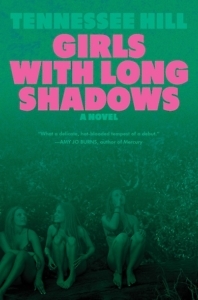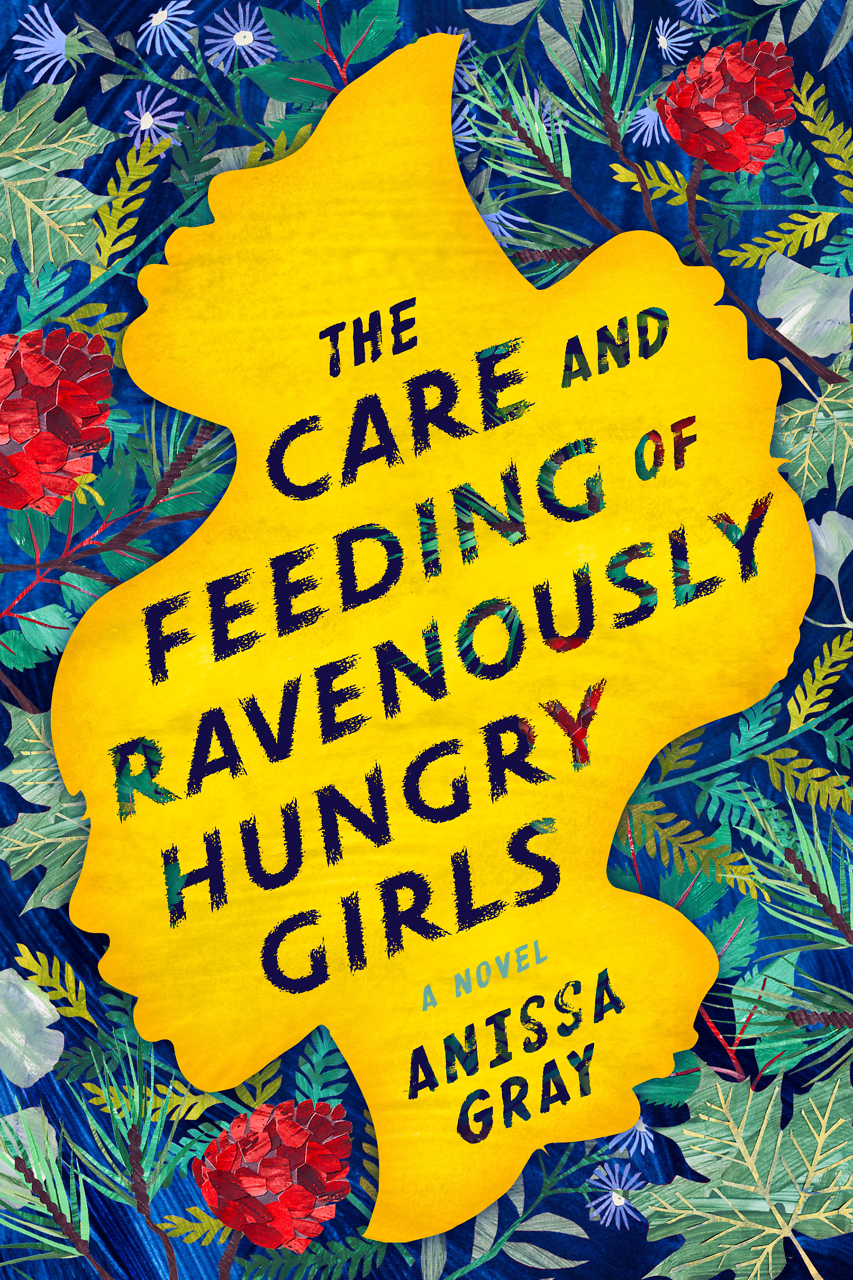A Parable of Young Womanhood
Three beautiful sisters confront a painful coming of age in Girls with Long Shadows
Like a Southern summer, Girls with Long Shadows may appear at first glance to be a sweet and easy tale. At a distance, the novel’s main characters — the 19-year-old identical Binderup triplets — resemble archetypal Southern beauties: tall and thin, blonde and blue-eyed. They tend to their grandmother’s golf course in their bikinis, say “yes ma’am” and “no sir,” and don’t take the Lord’s name in vain.

But like their Texas bayou hometown in August, proximity to the sisters and their story shatters the perfect mirage, revealing in its stead the unsavory details: sweat, mosquitoes, and people capable of both immense kindness and cruelty. In her unforgettable, devastating debut, author Tennessee Hill lays bare these contradictions while ultimately demonstrating why girls are not responsible for the assumptions of others, yet they bear the consequences, time and time again.
The most striking attribute of the Binderup triplets is their legal names: Baby A, Baby B, and Baby C, though they are often referred to simply as Baby or their respective letter, nicknames that contribute to their infantilization. These labels, assigned hastily after the postpartum death of their mother, also correlate with the ambiguity of the young women’s identities. Very few in the community of Longshadow, Texas, can tell the sisters apart.
Girls with Long Shadows is narrated by Baby B, whose lush and discerning internal monologue illuminates the clear differences between her beloved sisters as well as the extraordinary nature of their connection. Not only do they share clothes, memories, jokes, and chores, but the triplets are tuned in to one another’s physical sensations, an inescapable tether complicated by Baby A’s self-destructive disposition.
“A heavy, dazing pain was piercing Baby A’s head and mine, and surely, even in sleep, Baby C’s head, too,” Baby B says. “We’d slept through this often, Baby A’s torturing of her own body, and by extension ours.” This corporeal telepathy is the only aspect of the novel in which Hill deviates from realism, leaving readers to wonder if perhaps such a bond is somehow possible.
 Baby B’s narration is juxtaposed against the perspective of the “Front Porch Chorus,” a voice representing Longshadow’s community that enters between chapters to perform gossipy ballads, surely meant to be sung in thick Southern drawls. Through these passages, we witness how the triplets are — or are not — perceived. “They’re a blur we never bothered to untangle,” the Chorus croons. “They nearly blend with the green of the bayou’s algae, the electric pink of the evening’s sunset.”
Baby B’s narration is juxtaposed against the perspective of the “Front Porch Chorus,” a voice representing Longshadow’s community that enters between chapters to perform gossipy ballads, surely meant to be sung in thick Southern drawls. Through these passages, we witness how the triplets are — or are not — perceived. “They’re a blur we never bothered to untangle,” the Chorus croons. “They nearly blend with the green of the bayou’s algae, the electric pink of the evening’s sunset.”
The triplets have always resented the way their identicalness has ostracized them, the town wary of their duplicity. What renders the situation untenable, however, is A and C’s sexual awakening. B is a late bloomer, and for the first time, two of the sisters are experience something it feels wrong to share. “The pang of loss curved into a warmth of disappointment, that desire for others was creating a rift in the bond between us,” Baby B admits. The question then becomes how far the girls will go to sever themselves from each other.
Through a foreshadowing-heavy plot that begins slow as molasses, then picks up like a storm about halfway through the book, Hill depicts how women’s own bodies can become their enemy, their original sin, and their cage. The Binderup triplets are damned by their bodies to look just like their late mother and one another — engendering endless grief, resentment, and distrust — all the while remaining irresistibly attractive.
As a result, whenever one of the sisters is courted, she is never sure if she being chosen or just picked at random. Or, worse, if she is being exploited for some kind of trick, dare, or game. “He — this endeavor toward romance — was supposed to make me feel beautiful, more my own,” Baby B reflects after an upsetting date. “I was just fodder, just fish food, just a body.”
While the triplets’ circumstances are unique, the feelings Baby B describes will be familiar to many women: being unable to escape the predation of the male gaze while simultaneously feeling invisible or replaceable. As if you could be any woman. As if all women are identical sisters.
As Baby A tells B when describing her relationship with her boyfriend, “It doesn’t matter, in the end, which of us it is.” In this way, you can read Girls with Long Shadows as a universal parable, a gothic tragedy as easy to understand as it is unfathomable.

Bianca Sass, a Nashville native, is a published poet, playwright, and essayist. Her plays have been performed in Nashville; Amherst, Massachusetts; and Newburgh, New York. This fall, Bianca will begin her PhD in sociology at the University of Indiana.



